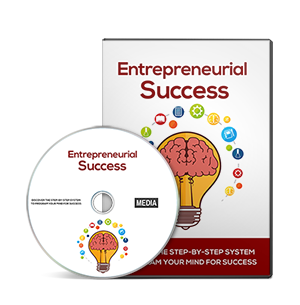Solar Energy and Photovoltaics
Photovoltaics are considered an integral part of solar energy technology. PVs are now used in a wide array of settings, depending on the current needs of the user. More and more people around the globe are also starting to invest in these devices for a variety of reasons. You can get constant and renewable energy at a much cheaper cost, thereby power different devices and tools for your benefit. Here are some more tips and details.
The PV
The PV or photovoltaic cell is also known as the solar cell. It is a device that readily converts light into electric current via the photoelectric effect. The device is based on the discovery of Alexandre-Edmond Becquerel who realized that a number of materials let go of electrons when these hit rays of photos straight from light, causing an electrical current. The first solar cells were made by Charles Fritts during the 1880s. Even though the prototype selenium cells converted below 1% of incident light into electricity, James Clerk Maxwell and Ernst Werner von Siemens realized the importance of the finding. After the work of Russell Ohl during the 1940s, Calvin Fuller, Gerald Pearson and Daryl Chapin made the silicon solar cell in 1954.
These were the early solar cells that were very expensive and can reach efficiencies of around 4.5% to 6%. The highest efficiency PV cells produced were by Boeing and SpectroLab in 2009, with efficiencies of around 35% to 41%. There are also other multi-layer cells that closely resembled the device. These were very expensive too, and were only used in the most unique applications. Thin film PV cells were also created and made in bulk. These were more cost-effective and less fragile, with about 20% efficiency.
More Technologies
There are several technologies now, including a minimum of 14 photovoltaic cell types, like polycrystalline silicon, thin film, monocrystalline silicon and amorphous cells. Concentrating solar power also appeared in several types. The earliest application of solar cells considered to be very significant was being a back-up power source to the Vanguard satelilite back in 1958. The solar cells continued transmission for more than a year after the chemical battery exhaustion. The operation of solar cells during the mission was considered to be very successful and was duplicated in several American and Soviet satellites. PV has become the established power source by the late 1960s.
At Present
Today, Germany has become the primary PV market worldwide after they revised the feed-in tariffs for the Renewable Energy Sources Act. Spain has become the biggest PV market after 2007 after it adopted the same feed-in tariff structure. Spain installed half of the PVs all over the globe, accounting for about 45%. Concentrating photovoltaics are very new, which employ sunlight concentrated onto photovoltaic surfaces for electrical power production. Solar concentrators of different varieties can be used. These are usually mounted on a solar tracker to keep the focal point on the cell as the sun travels over the sky. Tracking can boost the output of flat panel photovoltaic by 20% during the winter and as much as 50% during summer.
Solar Energy and Photovoltaics
 Reviewed by araxahub
on
4:09:00 AM
Rating:
Reviewed by araxahub
on
4:09:00 AM
Rating:
 Reviewed by araxahub
on
4:09:00 AM
Rating:
Reviewed by araxahub
on
4:09:00 AM
Rating:


No comments: